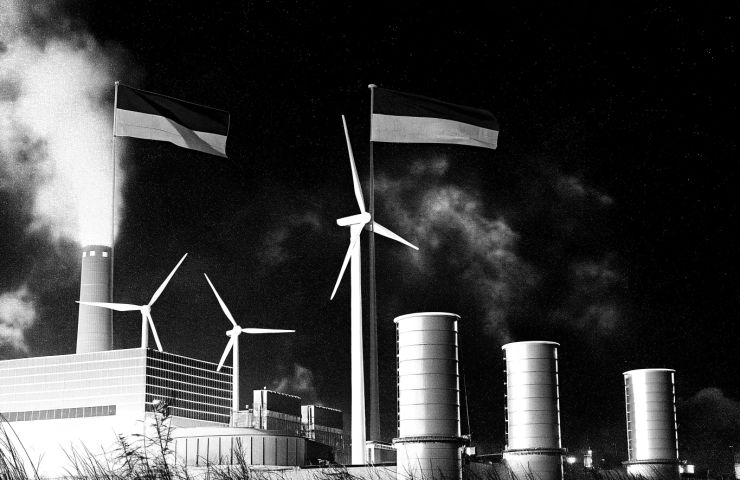
Inside the Poland Hydrogen Strategy: Navigating Low-Carbon and Green Hydrogen’s Future
November 12, 2025You could almost feel the room crackle with urgency last autumn in Warsaw, where the Clean Air Task Force and Reform Institute gathered industry experts, policymakers, and researchers. Poland, despite being Europe’s third-biggest hydrogen producer and consumer, is stuck in a classic bind: it desperately needs clean hydrogen Poland to power industrial decarbonisation, yet its grid still leans heavily on coal.
A crossroads for clean hydrogen in Poland
Under the Poland hydrogen strategy through 2030, the country is aiming for 2 GW of low-carbon hydrogen capacity, at least five “hydrogen valleys,” and 32 refuelling stations to keep around 1,000 hydrogen buses rolling. Right now, almost all of Poland’s hydrogen comes from fossil sources, and renewable hydrogen production barely registers. With a carbon-heavy grid and steep renewables costs, scaling up is a real uphill battle.
Can Poland bridge the hydrogen gap?
Everyone agrees there’s zero time to waste. “We can’t sit around waiting for perfect green hydrogen,” warned the Clean Air Task Force. The pragmatic move? Deploy natural gas reformers paired with carbon capture and storage (CCS). It’s not pure green, but it slashes emissions now while the renewable sector catches up.
How low-carbon hydrogen keeps industry moving
Low-carbon hydrogen strips hydrogen from natural gas, then sequesters the CO₂ underground using CCS. It’s not zero-emission, but it’s a huge improvement over unabated steam methane reforming. For refineries and chemical plants in Płock, Gdańsk, and Warsaw, this could be the game-changer that helps them stay competitive under looming EU carbon prices.
Who’s steering the ship?
- Polish Government (Ministry of Climate and Environment): Crafting the national plan and syncing it with the EU Green Deal and RED III.
- Clean Air Task Force: Shaking up policy debates and pushing for a balanced hydrogen roadmap that fast-tracks low-carbon projects.
- Reform Institute: Bringing industry voices to the table so practical, on-the-ground measures make it into the final playbook.
Why ambitious targets matter
Under RED III, Poland must consume at least 180 kt of renewable hydrogen annually by 2030. That’s a moonshot from today’s near-zero base, and it throws up big operational and financial hurdles:
- Upgrading the grid to handle variable renewables.
- Investing in large-scale electrolyzers and CCS infrastructure.
- Ensuring industrial clusters get a reliable, cost-effective supply.
Benefits on the horizon
Nail this, and the upside is huge:
- Economic resilience: Keep petrochemical and refining dollars in Poland by meeting EU climate rules.
- Job creation: From building hydrogen plants to maintaining pipelines and storage tanks.
- Cleaner air: Lower emissions mean healthier communities.
- Energy security: Less reliance on coal and imported gas.
Looking ahead
No one’s pretending the road will be straight. Over the next five years, Poland needs to:
- Switch on its first wave of low-carbon hydrogen plants with CCS.
- Build regional “hydrogen valleys” that tie together production, storage, and end use.
- Partner with renewable developers to scale up green hydrogen supply.
Decarbonisation is a marathon, not a sprint. By pairing pragmatic low-carbon hydrogen projects with a serious push for renewable hydrogen, Poland can keep its heavy industries humming—and map out a net-zero blueprint for clean hydrogen Poland and beyond.


 With over 15 years of reporting hydrogen news, we are your premier source for the latest updates and insights in hydrogen and renewable energy.
With over 15 years of reporting hydrogen news, we are your premier source for the latest updates and insights in hydrogen and renewable energy.